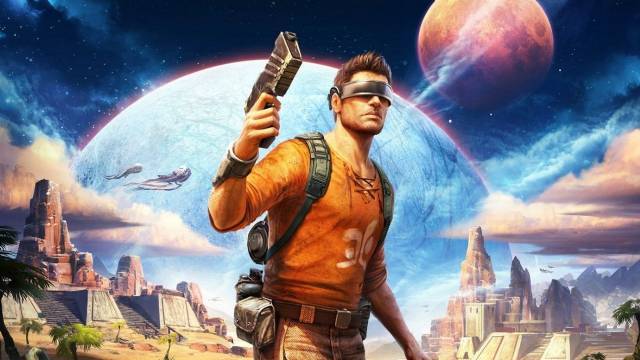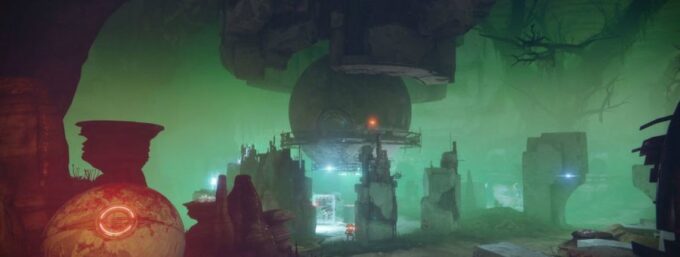Outcast Second Contact is the remake of the historic and acclaimed title published in the very far of 1999. The project is in the hands of Appeal, a development studio that will be utilizing Big Ben Interactive for distribution. It’s not the first time we put our hands on the game, and to be honest the title has never left us reassuring impressions.
You want because of unmatched gameplay compared to the original version, or because the idea has never convinced us completely. However, Gamescom 2017 has been the scene of our “Third Concact” with Outcast: we have taken this opportunity to discuss what this project really means and what its true intentions are. A hands-on session came out very interesting, which in part clarified our doubts,
Stop in time
Outcast Second Contact recovers all the assets of its original version and makes them current thanks to Unity, a graphical engine that allows the Appeal much freedom in terms of development.
The idea has always been to bring back a game that was a true cult at the end of the nineties; the result is at least ambiguous if viewed with particularly demanding eyes and accustomed to the wonders of modern consoles. Outcast looks like a game that is clearly woody and unfriendly, at least in the first. Unity’s new graphic design does not suffice to make the title appealing, on the other hand it discourages very quickly, especially because of too rough gameplay and grotesque animations.
The shooting system is obsolete and does not allow you to have a lot of fun, on the contrary it makes gaming sessions rather frustrating and unattractive. Frustrated by the first impression, let’s look at the dynamics and contours, looking for a motivation that can push a modern buyer to throw on this Outcast Second Contact. Our test therefore focuses on questioning the development team, asking targeted questions and arising from the doubts that emerged during the hands on.
Telling about who has first thought about it developed, Outcast has another flavor: Appeal’s focus is to give players an immersive and peculiar narrative path, the son of the original version of the game that in some ways prevented them from entering the 100 % in the thick jungle of stories that Outcast was keen to tell.
That’s why this remake will have revised and studied menus to simplify the interaction and detection of the various NPCs within the map, as well as sections devoted to managing the various active quests. In short, touching the gameplay was certainly an unexpected idea that risks coping with Appeal, but approaching in narrative terms, this Outcast Second Contact can reserve more than a few surprises.
Of course, you must be particularly fond of the saga, or be able to go beyond visible structural defects to enjoy what the development team wanted to propose to the public.
Certainly our first, negative impressions have been attenuated and we feel that the Outcast Second Contact is a game that may be out of date in today’s market, but that if seen and played with the right spirit it may also be able to satisfy the palate of the niche of players he speaks. Appeal then conceals the desire to develop a new and authentic sequel. Everything will of course depend on how this remake will go in terms of sales: we will discover it this fall.


